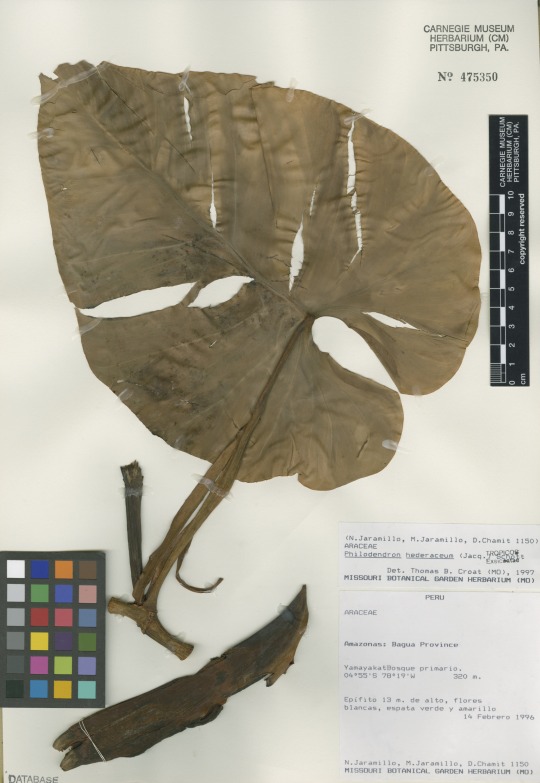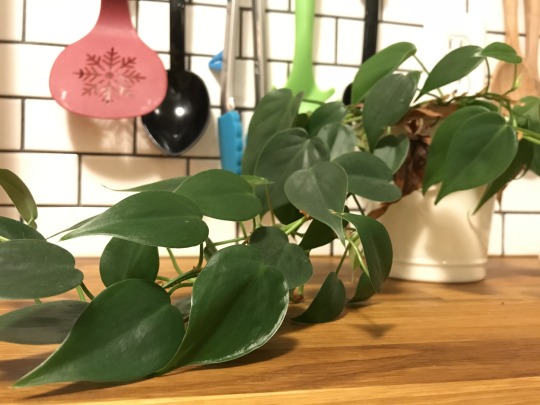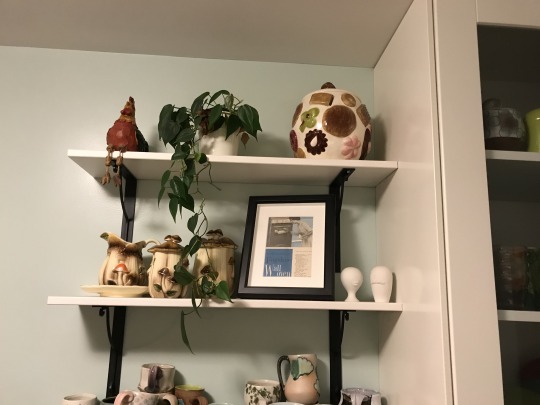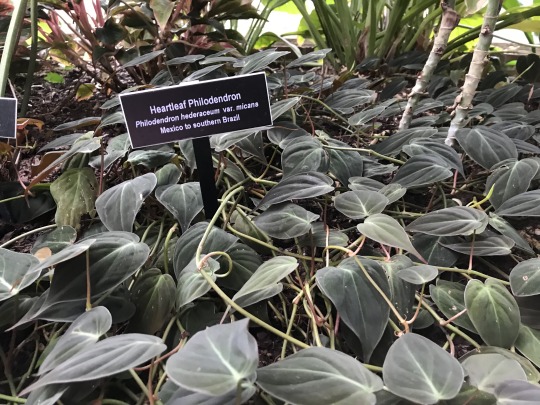
Does this heart-shaped leaf look familiar? 22 years ago, this specimen of heartleaf philodendron (Philodendron hederaceum) was collected on Valentine’s Day in Peru. Almost certainly you have seen this species, but probably not in the wild. Heart leaf philodendron is a very popular houseplant. This huge leaf on this specimen may look a bit different than those in your home, as the species rarely reaches maturity as a
houseplant. Philodendrons have both juvenile and adult forms of their leaves, changing their form and size as they climb up a tree.
There are also many different species and varieties of philodendrons.


The name Philodendron comes from the Greek philo meaning “love” and dendron meaning “tree.” The name doesn’t refer to the heart shaped leaves, but rather to its growth habit as a vine that climbs trees. It is native to tropical Mexico, the Caribbean, and regions in South America.

Happy Valentine’s Day from this loving plant!
